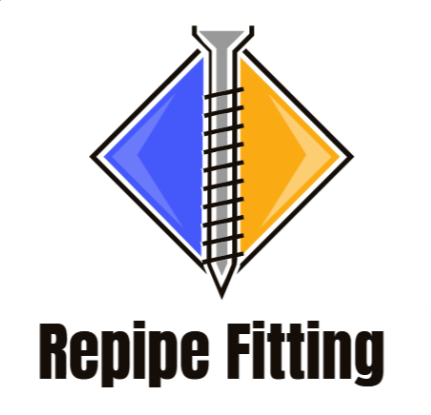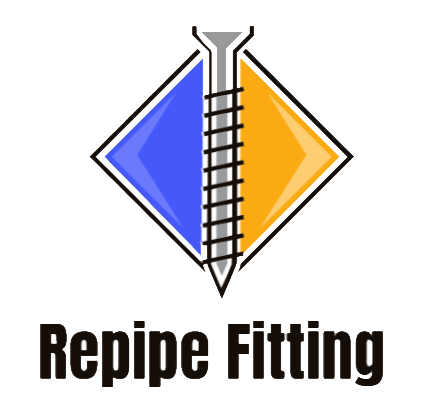Introduction
Hello there, dear homeowner! If you’re reading this, chances are you’ve encountered a plumbing issue that’s far from pleasant: a broken sewer pipe under your house. But don’t fret! As a seasoned plumbing and heating expert, I’m here to guide you through the process of identifying, understanding, and ultimately fixing that pesky problem. So, let’s dive right in, shall we?
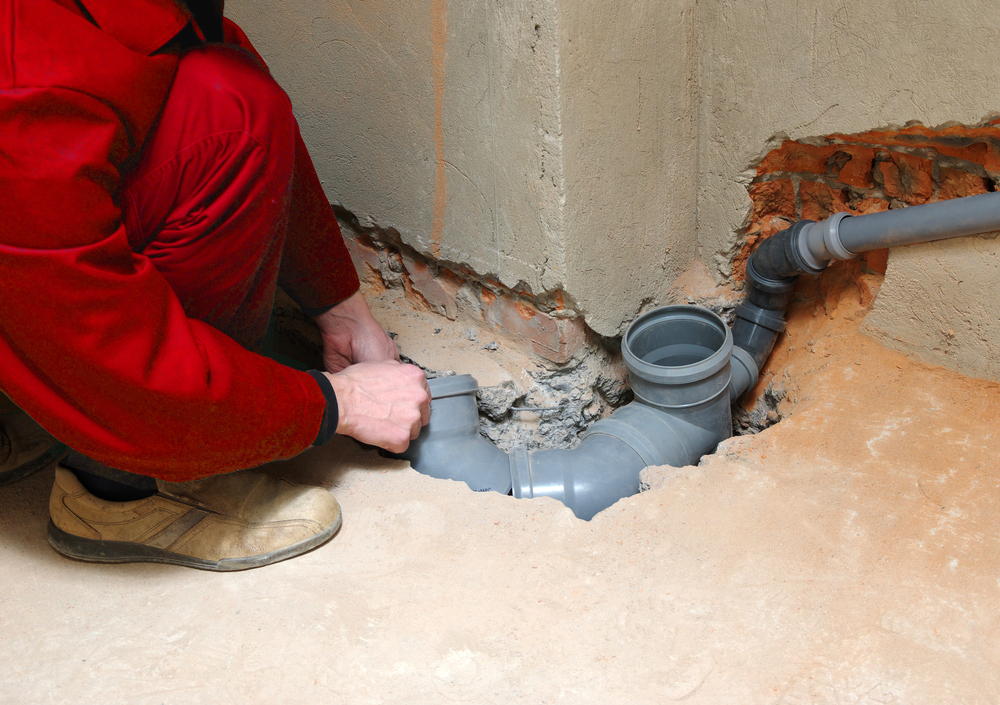
Brief Overview of the Importance of Fixing Broken Sewer Pipes
First things first, understanding the gravity of the situation is crucial. A damaged sewer system isn’t just an inconvenience; it can lead to flooding or foul odors, water damage, and even health hazards if left unattended. Imagine a flooded or foul-smelling yard after a heavy rain, or draining difficulties in your home. Not a pretty sight, right? That’s why it’s essential to address these issues promptly.
Common Reasons for Sewer Pipe Damage
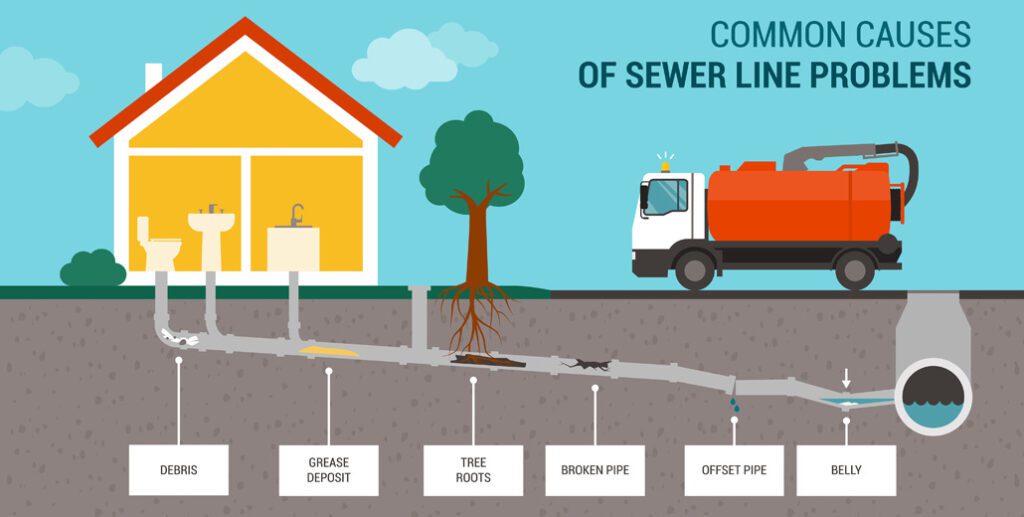
Before we delve into the repair process, let’s explore some common culprits behind sewer pipe damage:
- Tree Roots: These sneaky growths can infiltrate your buried pipe, leading to a root-clogged pipe situation.
- Corroded Pipes: Over time, rusting and corrosion can weaken pipes, making them susceptible to breaks.
- Clogged Pipes: Accumulated debris can cause blockages, putting undue pressure on the pipes.
- Extreme Temperatures: Fluctuating temperatures can cause pipes to expand and contract, leading to potential cracks.
- Physical Damage: Accidents like a lawnmower running over a sewer cleanout cap or a loose sewer cap can cause direct damage.
Recognizing the Problem
Before you can tackle any issue, you first need to recognize it. And when it comes to plumbing, early detection can save you a lot of time, money, and stress.
Signs and Symptoms of a Broken Sewer Pipe
- Slow-to-drain plumbing: If your sinks or bathtubs are taking longer than usual to drain, it’s a clear sign of a potential problem.
- Flooding or foul odors: If you notice a flooded or foul-smelling yard, it’s a glaring indication of a compromised sewage system.
- Unusual lawn growth: Patches of grass that are greener than their surroundings can be a sign of sewage leakage.
- Water Damage: Look out for damp spots or mold growth in your home, especially near the concrete slab.
The Consequences of Ignoring the Issue
Ignoring a broken sewer pipe isn’t just about dealing with a foul-smelling yard. The repercussions can be:
- Health Hazards: Sewage can be a breeding ground for harmful bacteria and pathogens.
- Structural Damage: Continuous leakage can weaken your home’s foundation.
- Increased Repair Costs: The longer you wait, the more extensive (and expensive) the repair can become.
Common Causes of Sewer Pipe Damage
Understanding the root cause of the problem can help in its effective resolution. Let’s delve deeper into what might be causing that pesky pipe problem.
Tree Roots and Their Attraction to Sewer Lines
Trees, while beautiful, can be a homeowner’s nightmare when it comes to plumbing. Their roots are naturally attracted to the moisture and nutrients found in sewer lines. Over time, they can infiltrate a buried pipe, leading to a root-clogged pipe situation.
Corrosion and Rusting of Pipes
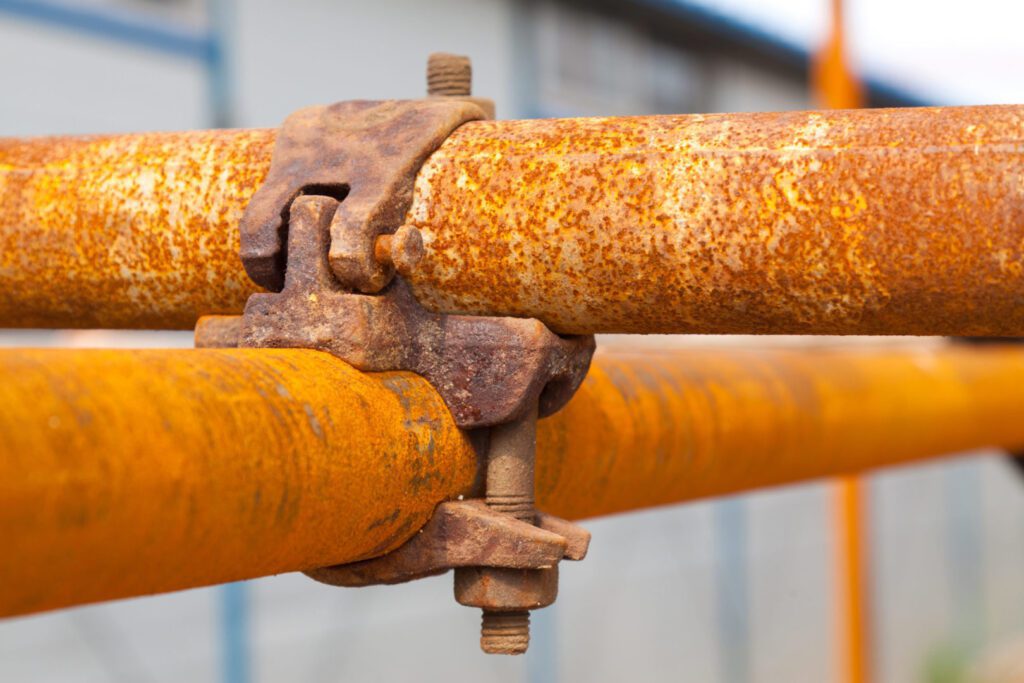
Rusting and corrosion are natural processes that affect metal pipes over time. Factors like soil composition, moisture levels, and the type of pipe material can accelerate this process, leading to corroded pipes that are prone to breaks.
Clogging Due to Debris and Foreign Objects
From hair to hygiene products, various items can lead to clogged pipes. Over time, these blockages can exert pressure on the pipes, causing them to crack or burst.
Effects of Extreme Temperatures on Pipes
Extreme temperatures, both hot and cold, can wreak havoc on your plumbing. Pipes can expand or contract, leading to potential cracks or breaks, especially if they’re not adequately insulated.
DIY vs. Professional Repair
While the DIY spirit is commendable, it’s essential to know when to roll up your sleeves and when to call in the experts.
When to Attempt a DIY Repair
- Minor Clogs: If you’re dealing with a simple blockage, tools like plungers or natural solutions like baking soda and vinegar might do the trick.
- Loose Sewer Cap: Sometimes, the issue might be as simple as a loose sewer cap that you can tighten yourself.
- Basic Maintenance: Regularly checking your sewer cleanout cap and ensuring it’s not damaged by, say, a lawnmower, can prevent bigger issues.
The Importance of Professional Assessments and Repairs
- Complex Issues: For problems like trenchless sewer line repairs, pipe lining, or pipe bursting, it’s best to rely on licensed plumbers.
- Safety: A plumbing and heating expert has the necessary tools and knowledge to handle repairs safely.
- Long-term Solutions: Professionals can offer solutions that prevent future issues, like sewer line protection or regular sewer line inspections.
Modern Techniques for Sewer Pipe Repair
In the ever-evolving world of plumbing, new techniques have emerged that make sewer pipe repair more efficient and less intrusive. Let’s dive into these modern marvels.
Trenchless Sewer Line Repairs

Gone are the days when fixing a buried pipe meant tearing up your entire yard. Trenchless repair methods are the future, offering minimal disruption with maximum efficiency.
Pipe Lining
Also known as “cured-in-place pipe” (CIPP), this method involves inserting a resin-coated tube into the damaged pipe. Once in place, the tube is inflated, allowing the resin to coat the pipe’s interior. As the resin hardens, it forms a new pipe within the old one. This method is perfect for pipes that have minor cracks or holes.
Pipe Bursting

For pipes that are severely damaged, pipe bursting is the way to go. This method involves inserting a new pipe into the old one, then using a bursting head to break apart the old pipe while simultaneously pulling the new one into place. It’s like giving your sewer system a fresh start!
Traditional Sewer Line Replacement Methods
Sometimes, the old ways are the best ways. Traditional methods involve digging a trench to access the damaged pipe, removing it, and then replacing it with a new one. While more disruptive, this method is tried and true, ensuring a comprehensive fix.
Preventative Measures
As the saying goes, “An ounce of prevention is worth a pound of cure.” Let’s explore how you, the diligent homeowner, can prevent sewer pipe issues in the first place.
Regular Sewer Line Inspections
Scheduling sewer line inspections with a plumbing and heating expert can help catch potential issues before they become major problems. These inspections often use camera technology to get a clear view of your pipes’ condition, ensuring that no issue goes unnoticed.
Proper Disposal Practices to Avoid Clogs
Avoiding clogged pipes is half the battle. Here are some tips:
- Don’t pour fats, oils, or grease down the drain.
- Use strainers to catch food particles and hair.
- Avoid flushing non-biodegradable items down the toilet.
Tree Removal and Management Near Sewer Lines
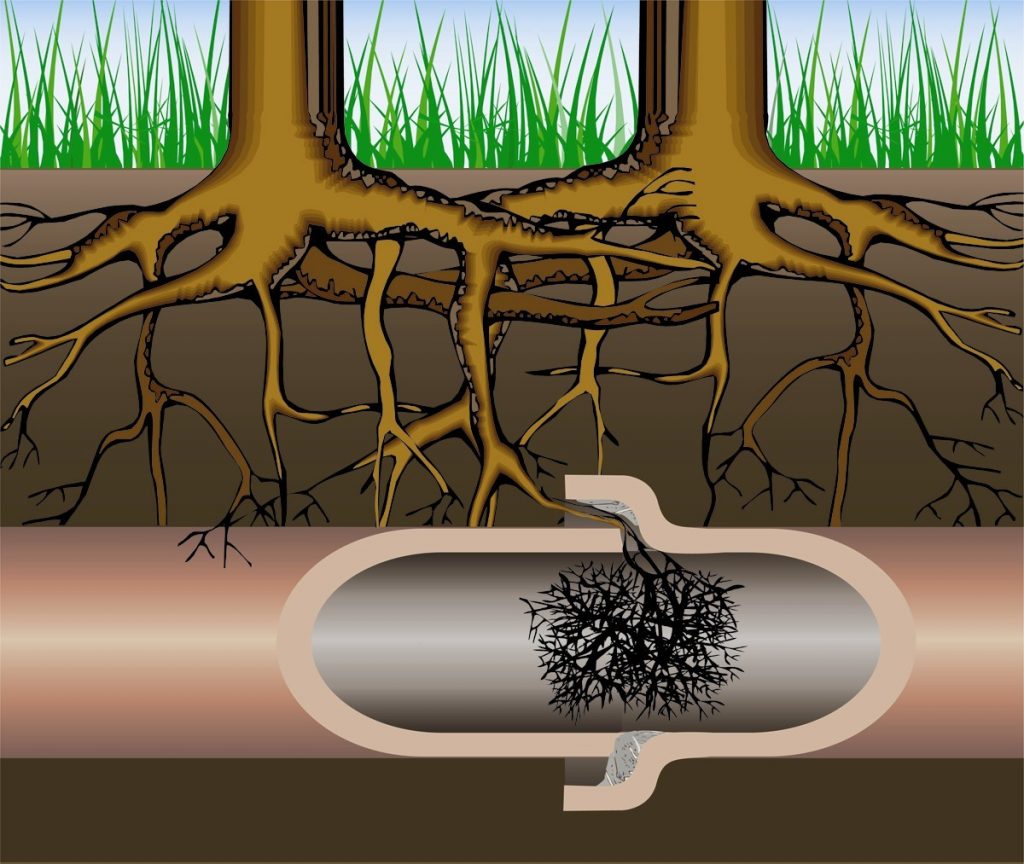
Tree roots are notorious for causing root-clogged pipes. Here’s how to manage them:
- Plant trees away from sewer line pathways.
- If trees are already planted near sewer lines, consider root barriers to redirect root growth.
- In extreme cases, consider tree removal to protect your sewage system.
Conclusion
Congratulations, dear reader! You’ve just learned how to tackle a common plumbing issue: a clogged vent pipe on your roof. By following the steps outlined in this guide, you’ve empowered yourself to take on this challenge and restore proper ventilation to your plumbing system.
Reiterating the Importance of Timely Repairs
Before we wrap up, let’s emphasize the crucial takeaway: timely action is your best friend when it comes to plumbing issues. Ignoring a clogged vent pipe can lead to more significant problems down the line, such as slow drains, gurgling pipes, or even sewer gas entering your home. So, when you notice signs of a clogged vent, don’t delay—address it promptly to maintain a healthy plumbing system.
Encouraging Regular Maintenance and Inspections
- Prevention is often the best cure, and that holds true for your plumbing. To minimize the risk of future vent pipe clogs and other plumbing problems:
- Schedule Regular Inspections: Consider having a professional plumber inspect your plumbing system periodically. They can identify potential issues before they become major headaches.
- Practice Responsible Disposal: Be mindful of what goes down your drains and toilets. Avoid flushing non-biodegradable items or pouring grease down the sink. Use drain strainers to catch debris.
- Trim Overhanging Trees: If you have trees near your roof, keep their branches trimmed to prevent leaves and debris from clogging vent pipes.
- Install Vent Caps: Consider installing vent caps with screens to keep birds and critters from nesting in your vent pipes.
- Learn Basic Plumbing Maintenance: Educate yourself on simple plumbing maintenance tasks, like cleaning out P-traps, to keep your plumbing system in good shape.
Remember, a little preventive effort can save you time, money, and stress in the long run.
